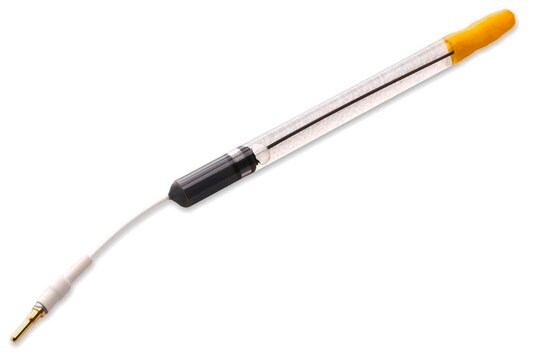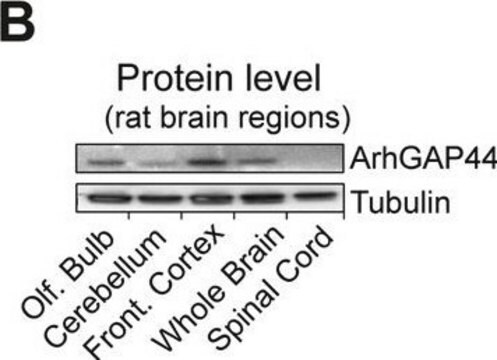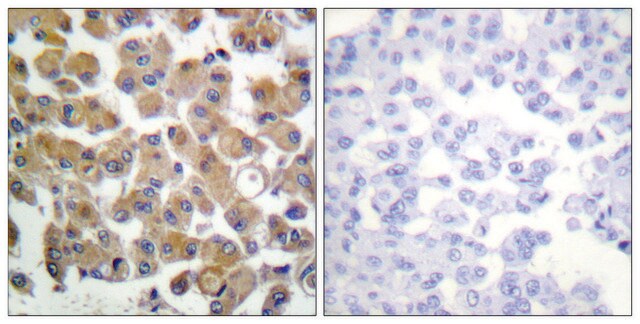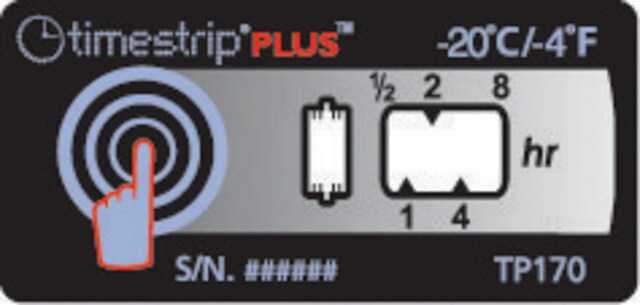ABC131
Anti-Ambra1 Antibody
from rabbit, purified by affinity chromatography
Synonym(s):
Activating molecule in BECN1-regulated autophagy protein 1, Ambra, Ambra-1
About This Item
Recommended Products
biological source
rabbit
Quality Level
antibody form
affinity isolated antibody
antibody product type
primary antibodies
clone
polyclonal
purified by
affinity chromatography
species reactivity
mouse, human
species reactivity (predicted by homology)
rat (based on 100% sequence homology)
technique(s)
western blot: suitable
NCBI accession no.
UniProt accession no.
shipped in
wet ice
target post-translational modification
unmodified
Gene Information
human ... AMBRA1(55626)
General description
Specificity
Immunogen
Application
Apoptosis & Cancer
Apoptosis - Additional
Western Blotting Analysis: 1 µg/mL of a representative lot detected Ambra1 in human cell lysates (HeLa & U87MG) and in mouse tissue homogenates (liver, kidney, and embryo), as well as exogenously expressed myc-Ambra1 in lysates from transfected HEK293 cells. (Courtesy of Dr. Sabrina Di Bartolomeo, Cecconi Lab at the Dulbecco Telethon Institute, Italy).
Western Blotting Analysis: Target specificity of a representative lot was confirmed by Western blotting analysis of Ambra1-knock mouse embryos and HeLa cells treated with Ambra1 siRNA. (Courtesy of Dr. Sabrina Di Bartolomeo, Cecconi Lab at the Dulbecco Telethon Institute, Italy).
Western Blotting Analysis: A representative lot detected decreased Ambra1 expression in tissue homogenates (kidney, liver, and lung) from Ambra1+/- mice when compared with tissue samples from wild-type mice. (Cianfanelli, V., et al. (2015). Nat. Cell Biol. 17(1):20-30).
Quality
Western Blotting Analysis: 1 µg/mL of this antibody detected Ambra1 in 10 µg of MCF7 cell lysate.
Target description
Physical form
Storage and Stability
Analysis Note
MCF7 cell lysate
Other Notes
Disclaimer
Not finding the right product?
Try our Product Selector Tool.
Storage Class
12 - Non Combustible Liquids
wgk_germany
WGK 1
flash_point_f
Not applicable
flash_point_c
Not applicable
Certificates of Analysis (COA)
Search for Certificates of Analysis (COA) by entering the products Lot/Batch Number. Lot and Batch Numbers can be found on a product’s label following the words ‘Lot’ or ‘Batch’.
Already Own This Product?
Find documentation for the products that you have recently purchased in the Document Library.
Articles
Autophagy is a highly regulated process that is involved in cell growth, development, and death. In autophagy cells destroy their own cytoplasmic components in a very systematic manner and recycle them.
Our team of scientists has experience in all areas of research including Life Science, Material Science, Chemical Synthesis, Chromatography, Analytical and many others.
Contact Technical Service






